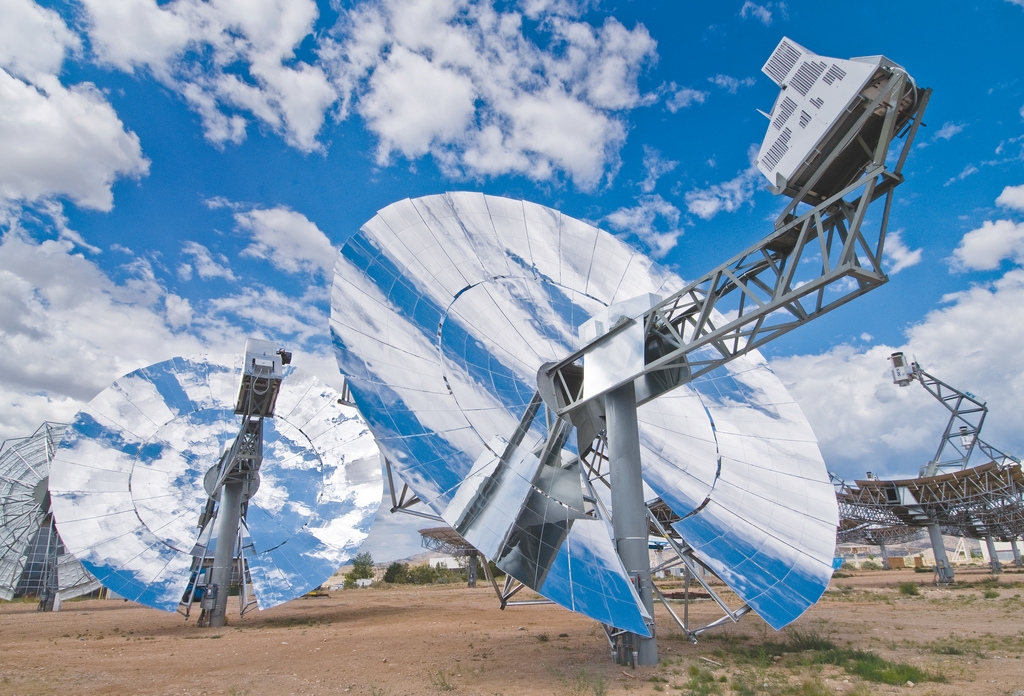To see that the clean energy economy is creating jobs in communities across the United States, look no further than the Energy Department’s recent Revolution Now report — which shows rapidly falling prices and rising deployment of clean and renewable technologies. Thanks to federal and private sector investments, clean energy technologies like wind power, solar, LED lighting and electric vehicles are seeing dramatic reductions in price, while consumer demand surges. At the Energy Department’s 17 National Laboratories, scientists and engineers are conducting research that will make these technologies even more efficient while pursuing the next great clean energy breakthrough.
Many of today’s important clean energy technologies were developed in our National Labs — from commercially viableelectronic ballasts for lighting, developed at Berkeley Lab in the 1970s, to glitter-sized solar photovoltaic cells developed more recently at Sandia National Laboratories. Just last month, scientists at Berkeley Lab announced that a new technique developed at the Lab’s Advanced Light Source could help better understand and improve the materials required for high-performance lithium-ion batteries that power electric vehicles.
The National Labs are developing partnerships with private sector companies to ensure that innovative technologies make their way from the lab to the marketplace. At the National Renewable Energy Laboratory (NREL), researchers collaborate with solar cell manufacturers in a unique facility that enables the companies to refine their manufacturing techniques before going into full production. Likewise, NREL tests wind turbines for a variety of leading manufacturers at the Energy Department’s National Wind Technology Center. At Oak Ridge National Lab’s National Transportation Research Center, researchers from industry, academia, and other agencies can use state-of-the-art technologies, equipment and instrumentation to improve fuel economy, reduce emissions and address transportation systems issues.
The National Labs also form partnerships with colleges and universities that provide opportunities to the students and scientists at both institutions. Recently, Savannah River National Laboratory began a partnership with Clemson University on the newWind Turbine Drivetrain Testing Facility and Electrical Grid Laboratory. This public-private collaboration will be capable of full-scale, highly accelerated testing of next-generation wind turbine technology.
We’ll be highlighting these stories and more this month on energy.gov, Facebook, Twitter and Google+. Visit energy.gov/labsto learn more about the Energy Department’s 17 National Labs and the incredible advancements in science and technology that they are making every day.

